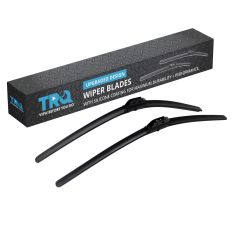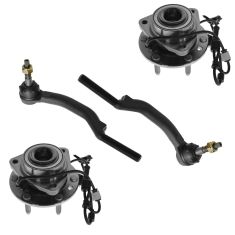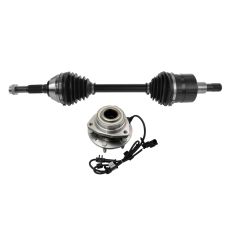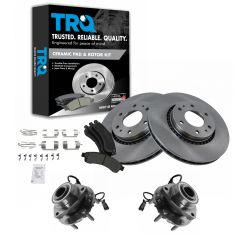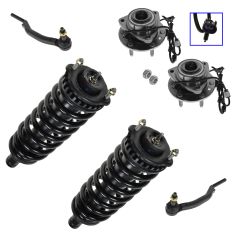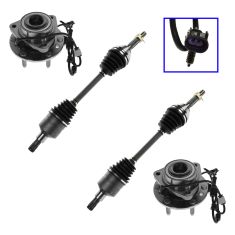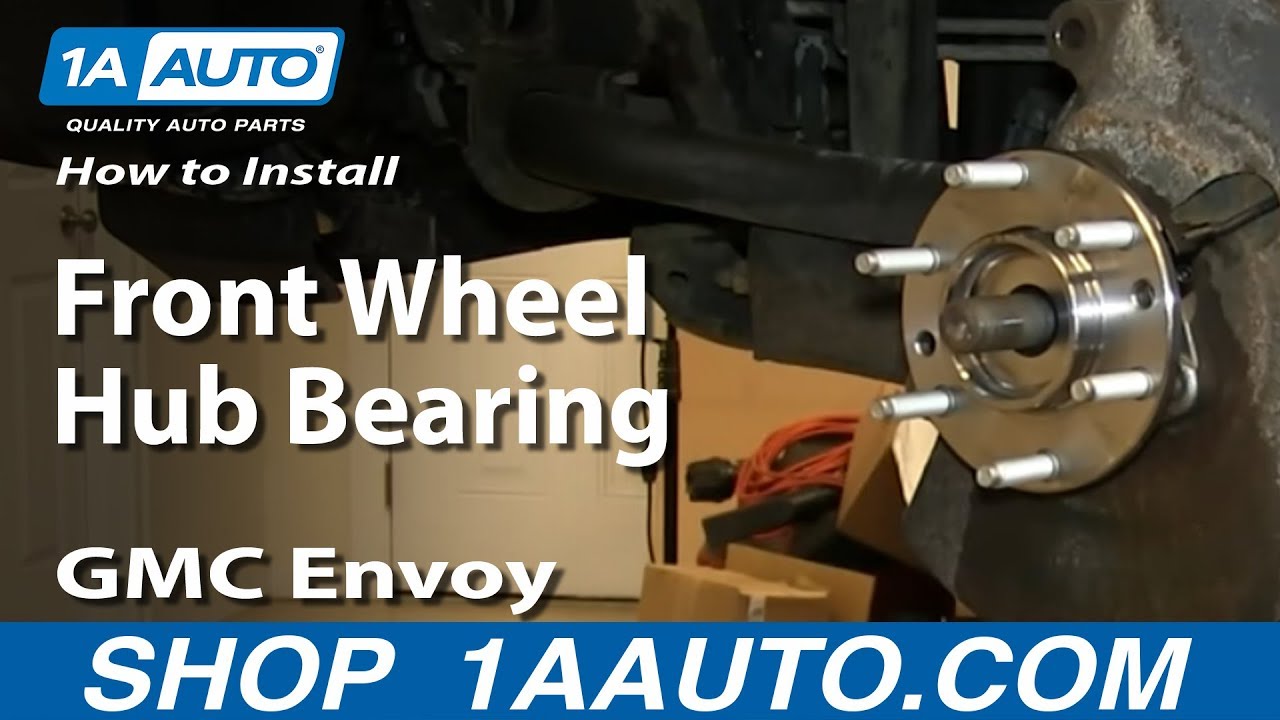1ASHS00025-Front Driver & Passenger Side 2 Piece Wheel Bearing & Hub Assembly Set TRQ BHA53318



Replaces
2002 GMC Envoy XL Front Driver & Passenger Side 2 Piece Wheel Bearing & Hub Assembly Set TRQ BHA53318


Recommended for your 2002 GMC Envoy XL
Product Reviews
Loading reviews
Customer Q&A
No questions have been asked about this item.
GMC is a registered trademark of General Motors Company. 1A Auto is not affiliated with or sponsored by GMC or General Motors Company.
See all trademarks.







